Sustainable Agrifood Systems Intelligence (SASI)

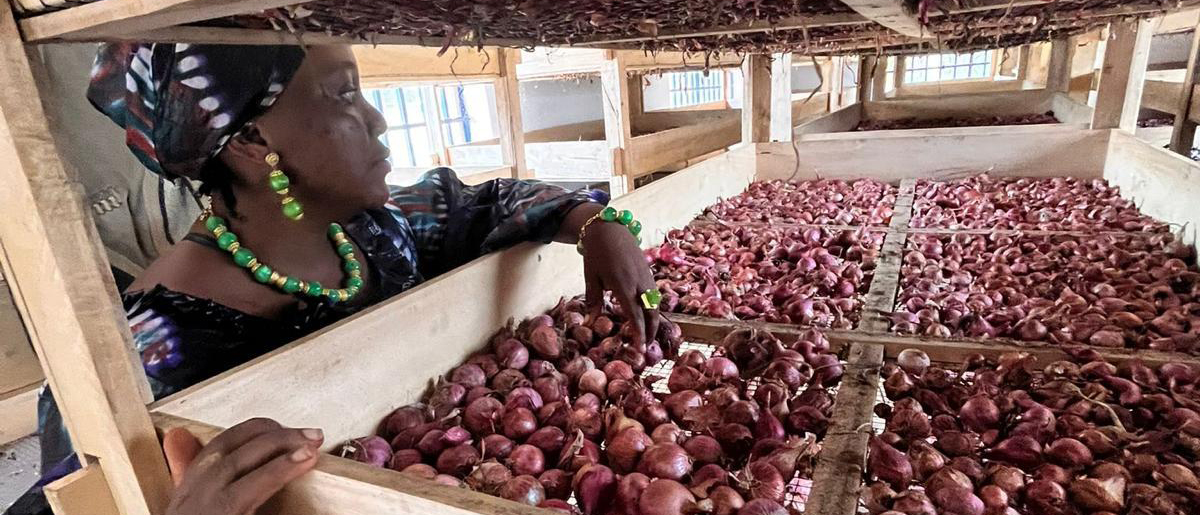


Agrifood systems concern the way our food is produced, processed, transported, traded, distributed, consumed and disposed of. Population growth, urbanization, shifting wealth and changing consumption patterns are straining these systems, jeopardizing their ability to provide healthy food and sustainable livelihoods.
Agrifood systems produce about one- third of global greenhouse gas emissions and consume large amounts of natural resources, especially water. They also contribute to critical biodiversity loss and land degradation, threatening the very existence of agriculture for future generations. All this underscores the urgent need to sustainably transform agrifood systems.
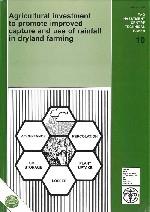
This document reviews available technologies to improve in situ capture of rainfall and its more efficient use by crop plants. It concerns areas with...
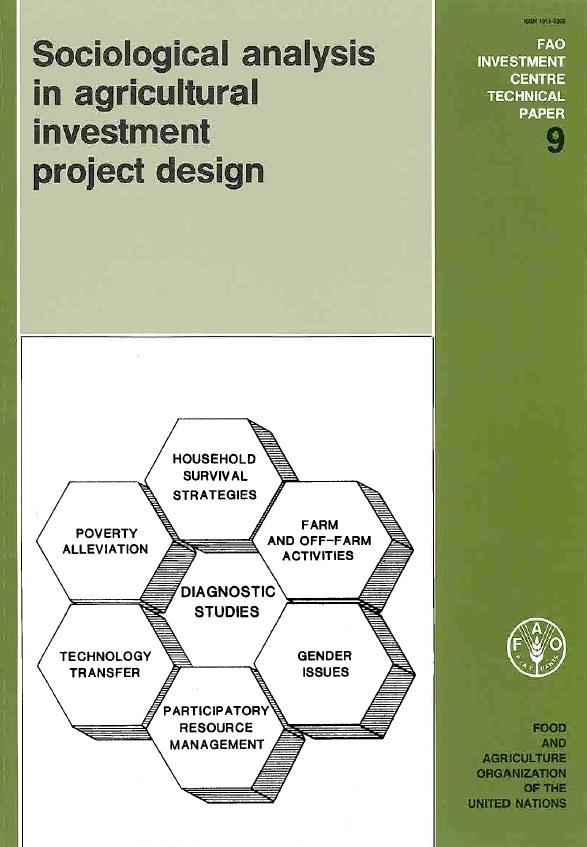
This paper outlines the role of sociological analysis in the design of agricultural investment projects, particularly those being prepared for...
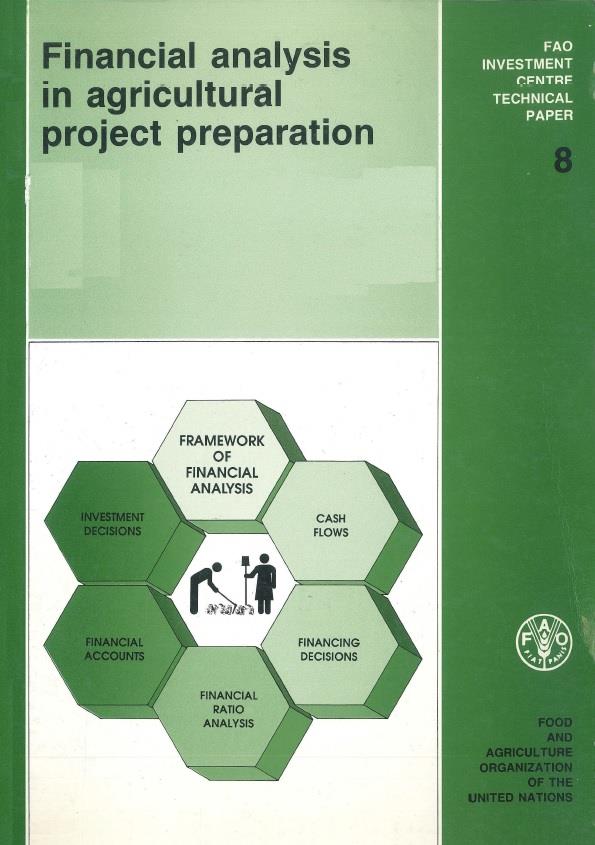
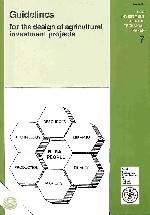
This publication presents guidelines originally published in 1985 as FAO Investment Technical Paper No. 1 and revised in 1995 as...
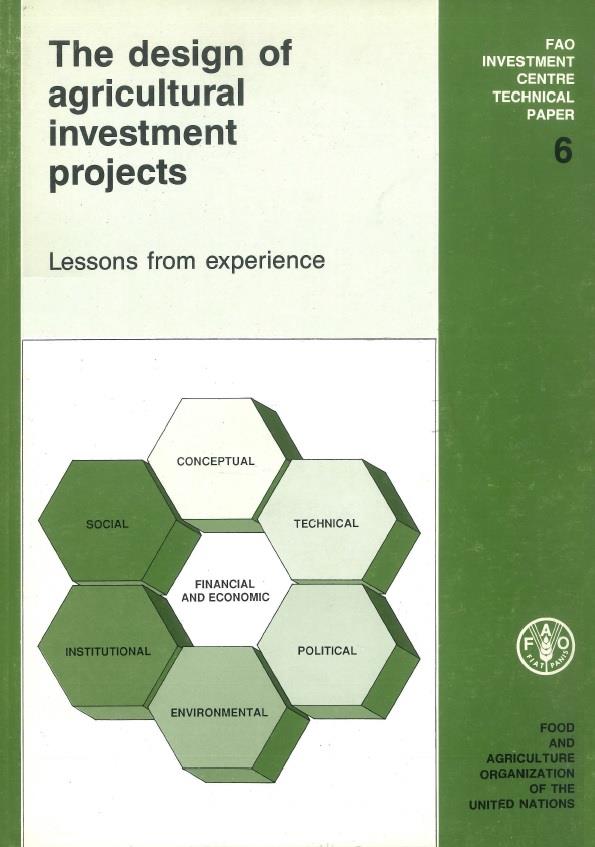
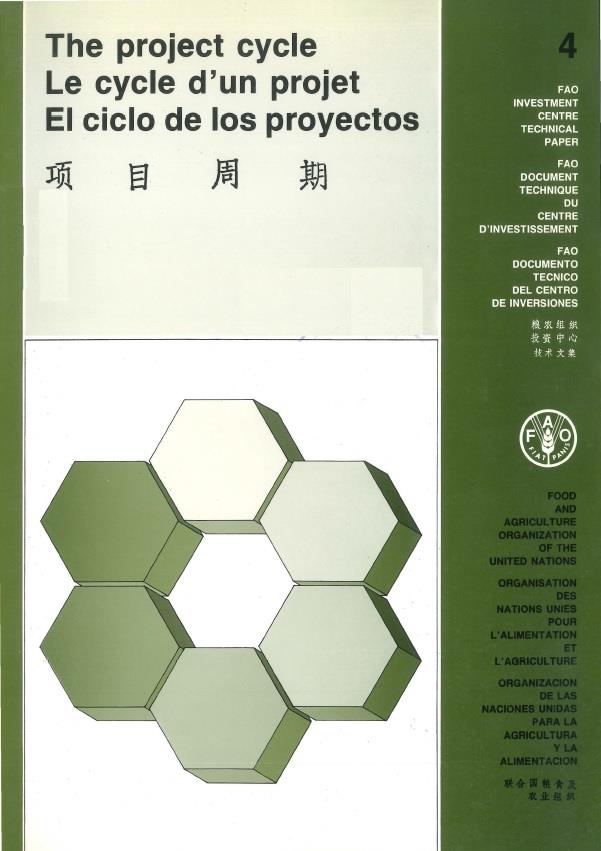
Written in 1986 this was one of the first technical papers written on the investment project cycle.
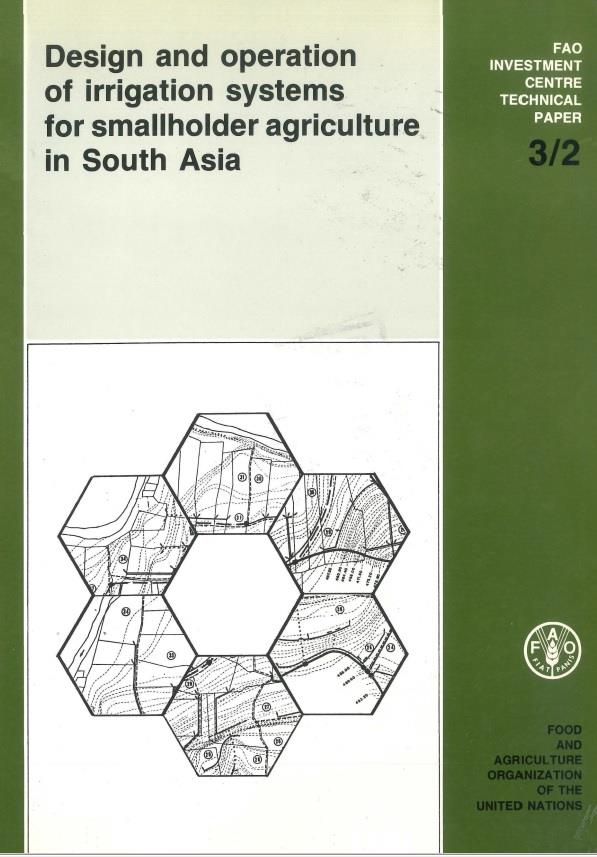
Volume 1 (of 2) contains the following chapters: A. Issues and...
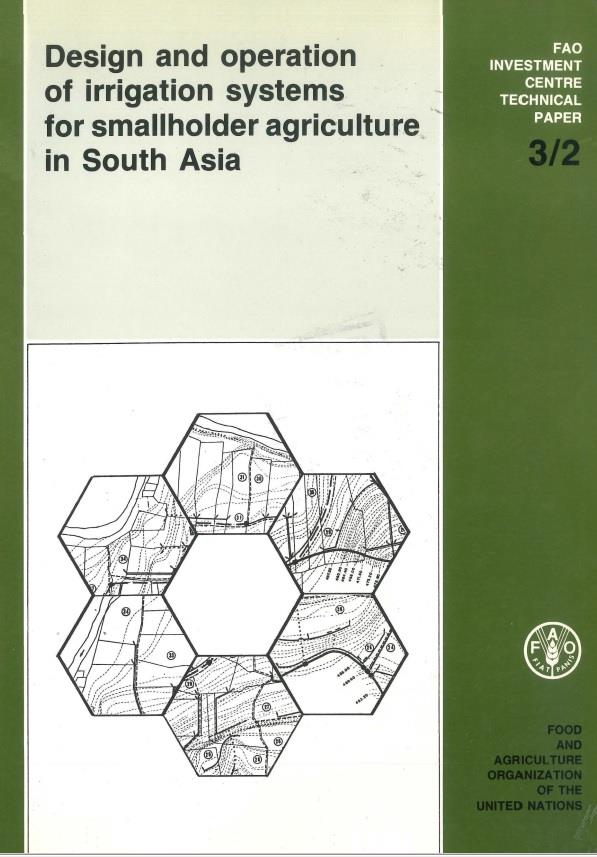
Volume 2 (of 2) contains the following...
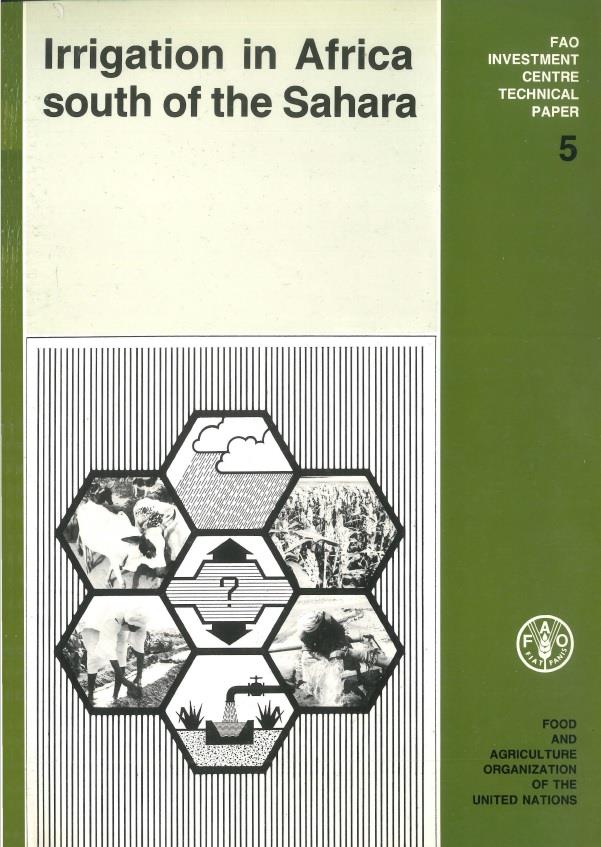
This study reviewed arounf 50 irrigaiton projects in 40 countries in sub saharan Africa many of which were executed with...
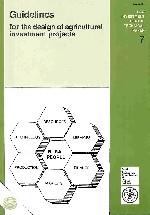
Originally published in 1985 as FAO Investment Technical Paper No. 1, this paper was revised in 1995 as Technical Paper No....